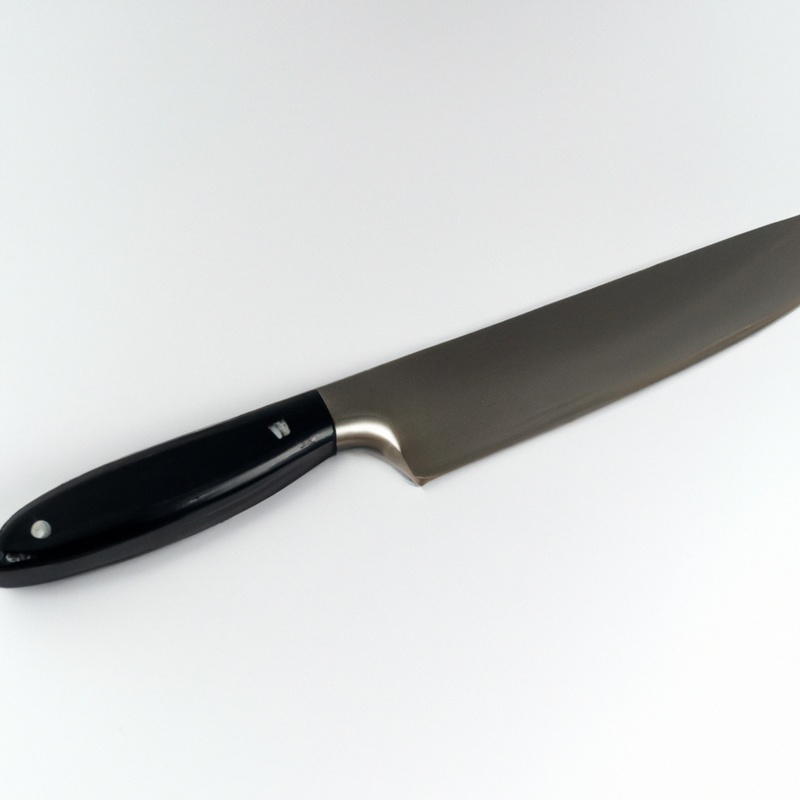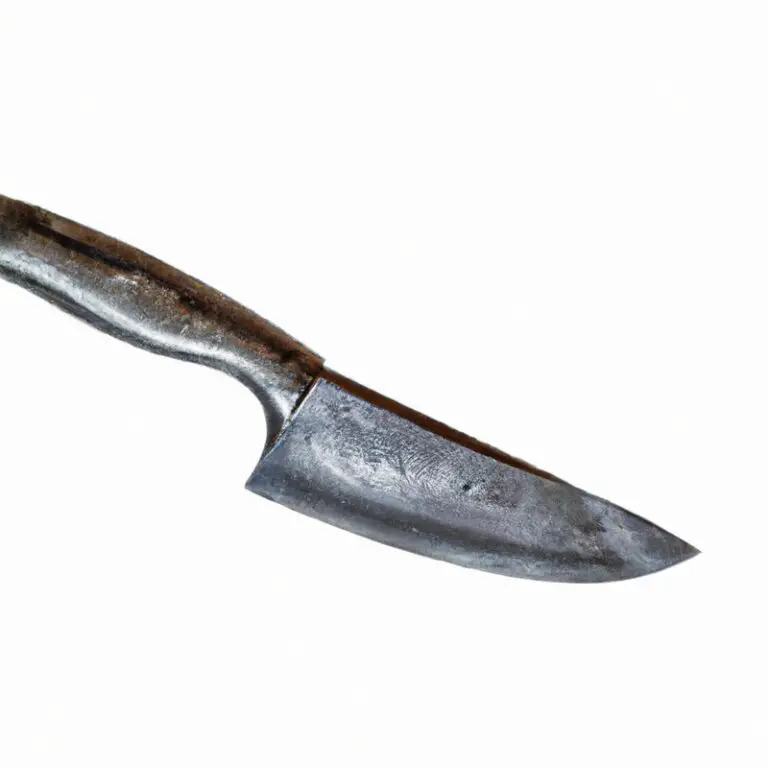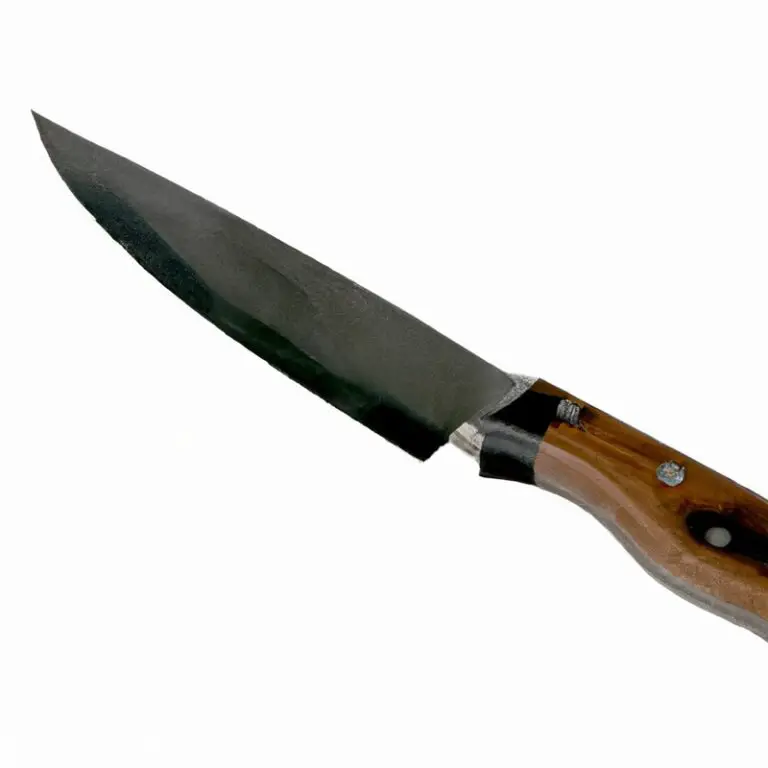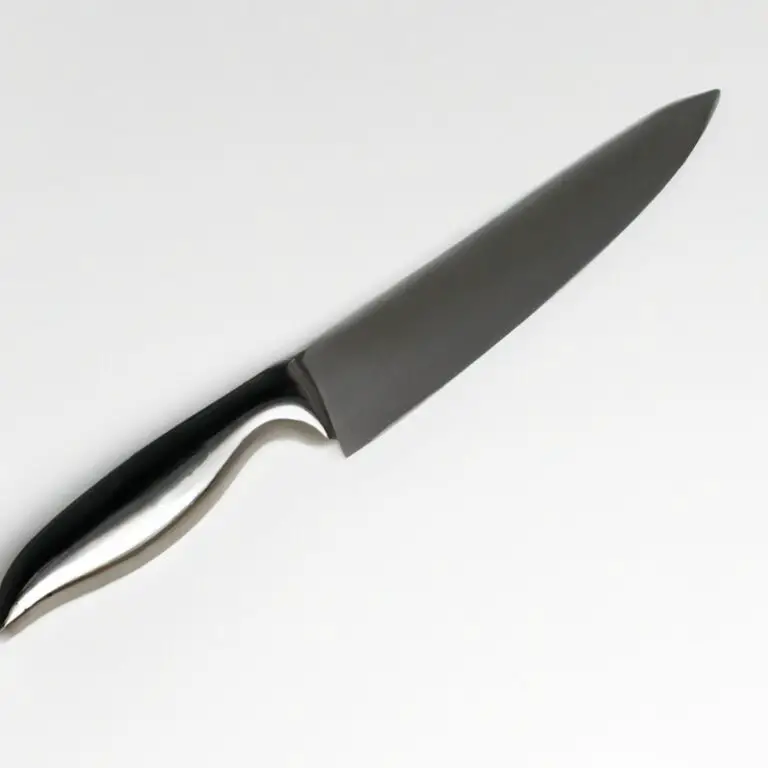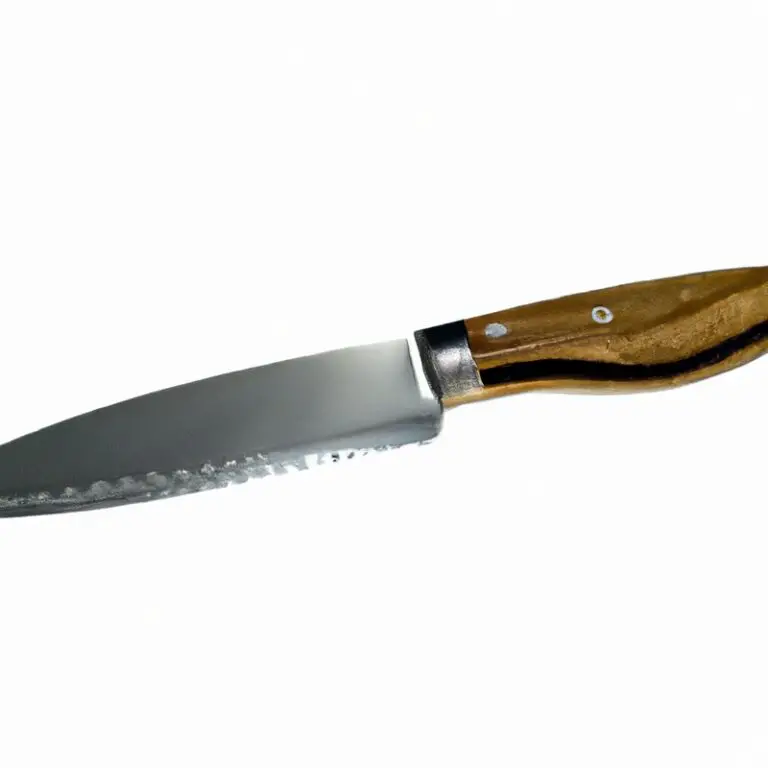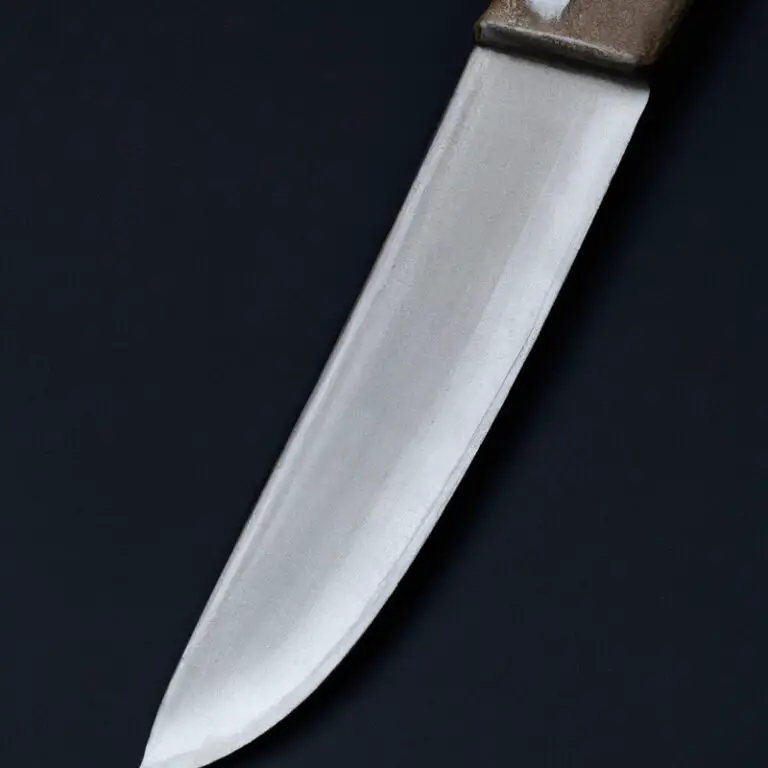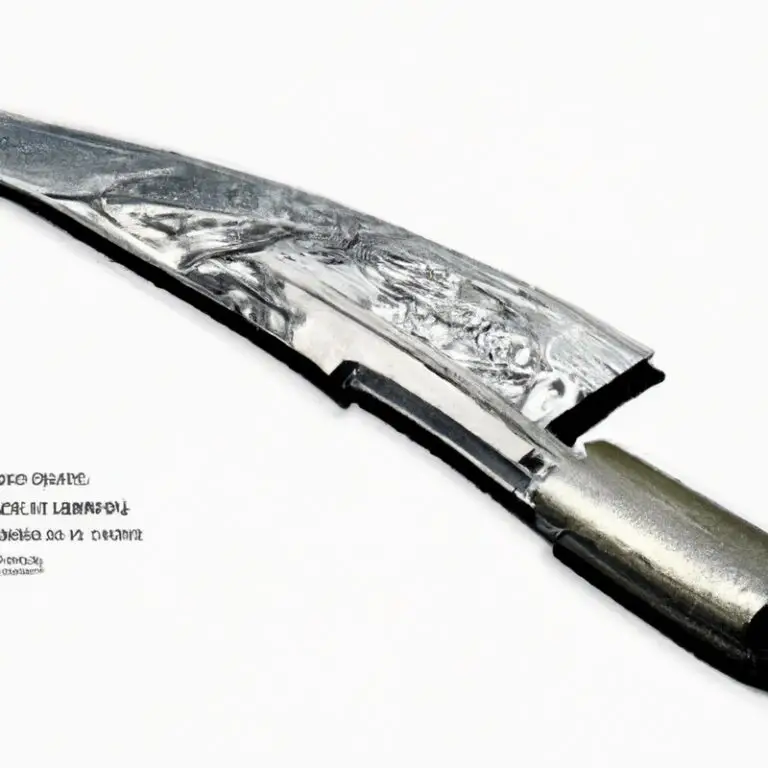How To Fillet a Bullhead Catfish Using a Fillet Knife? Easy And Efficient!
Key Takeaways:
- Using the right fillet knife is essential to achieve the best results when filleting a bullhead catfish.
- Proper technique and handling of the fish is critical to ensure the safety of the fillet and avoid damage to the meat.
- Learning how to fillet a bullhead catfish using a fillet knife can be a simple and enjoyable process with a bit of practice and patience.
- The filleted meat can be prepared in various ways, such as grilling, frying, or baking, to create delicious and healthy meals for your family and friends.
If you’re a fan of delicious freshwater fish, learning how to fillet a bullhead catfish is a skill you won’t want to miss. Filleting catfish might seem daunting, but with the right tools and a little practice, anyone can do it.
In this article, I’ll walk you through the steps to filleting a bullhead catfish using a fillet knife.
You’ll learn how to prepare the fish, choose the right knife, and make precise cuts to remove the skin, bones, and rib cage. Whether you’re an experienced angler or a beginner cook, this guide will help you get the most out of your catch.
| Action | Description |
|---|---|
| Step 1 | Place the bullhead catfish on a clean and flat surface, and make sure that it is secured with a clamp or held firmly with a hand. |
| Step 2 | Insert the fillet knife behind the gills of the catfish, and then make a deep cut along the backbone towards the tail section. |
| Step 3 | Turn the catfish over and repeat the same process on the other side of the fish. |
| Step 4 | Once the fillets are removed, use a pair of fish pliers to remove the bones from the fillet. |
| Step 5 | Clean and rinse the fillets with cold water, and pat them dry with a paper towel before use. |
Preparing for Filleting: Cleaning, Scaling and Trimming the Catfish
Before filleting a bullhead catfish, it is crucial to prepare it properly. Initially, start by cleaning the exterior of the fish with cold water.
Remove any excess mucus and debris from the fish using a clean cloth.
Next, use a scaling tool or the back of a knife to scale the fish from the tail to the head. It is essential to remove the scales before filleting to avoid any dirt or bacteria from getting inside the fish.
After scaling, the fish needs to be trimmed before filleting.
Use scissors or a knife to trim the fins, including the dorsal, pectoral, and adipose fins. Trim the tail as well.
Additionally, cut off the head just behind the gills to avoid any unwanted smells.
Then, rinse the fish with cold water to remove any excess scales or debris. Pat the fish dry and use a clean cloth to wipe it properly.
Once you have prepared the fish, you can proceed to fillet it with ease and precision using a fillet knife.
Choosing and Handling the Right Filleting Knife
Choosing and handling the right filleting knife is crucial for filleting a bullhead catfish. A fillet knife should be thin, flexible, and sharp enough to glide effortlessly along the bones and separate the flesh from the skin.
A blade that is too thick or dull will make the job harder and result in more waste.
The handle of the knife should provide a comfortable and secure grip, even when handling a slippery fish. When selecting a knife, consider the length of the blade- typically between 7- 9 inches- which should be appropriate for the size of the fish.
It is important to maintain the knife’s sharpness to increase efficiency and prevent accidents.
Use a sharpening stone or honing rod to keep the blade sharp. When handling the knife, adopt a firm and stable grip.
Exercise caution while using the knife, and avoid exposing it to saltwater, which can corrode the blade.
Always store the knife in a sheath or knife block when not in use. Choosing and handling the right knife is an important step in filleting a bullhead catfish.
By selecting a sharp, appropriate blade and handling it with care, filleting can be a swift and successful process.
Getting the Catfish to Lie Flat and Securing it in Place
To get the catfish to lie flat and secure it in place, start by placing it on a clean and sturdy surface with its belly facing downwards. You can use a filleting board or a clean cutting board for this.
Then, make sure to control the catfish’s head by pressing down on it firmly with your non-dominant hand.
This will prevent the fish from moving around while you are filleting. Next, use a sharp fillet knife to make an incision into the fish’s skin just behind the gills.
Cut down to the backbone but do not cut through it.
Then, turn the knife and slice from the backbone to the tail along the spine. This will release the first fillet which should be set aside before repeating the same process on the other side of the catfish.
It is important to note that getting the catfish to lie flat and securing it in place is crucial for achieving clean and precise cuts.
This ensures that the fillets are uniform and easy to debone later on. By mastering this technique, you can make the filleting process much smoother and successfully prepare delicious bullhead catfish fillets for a great meal.
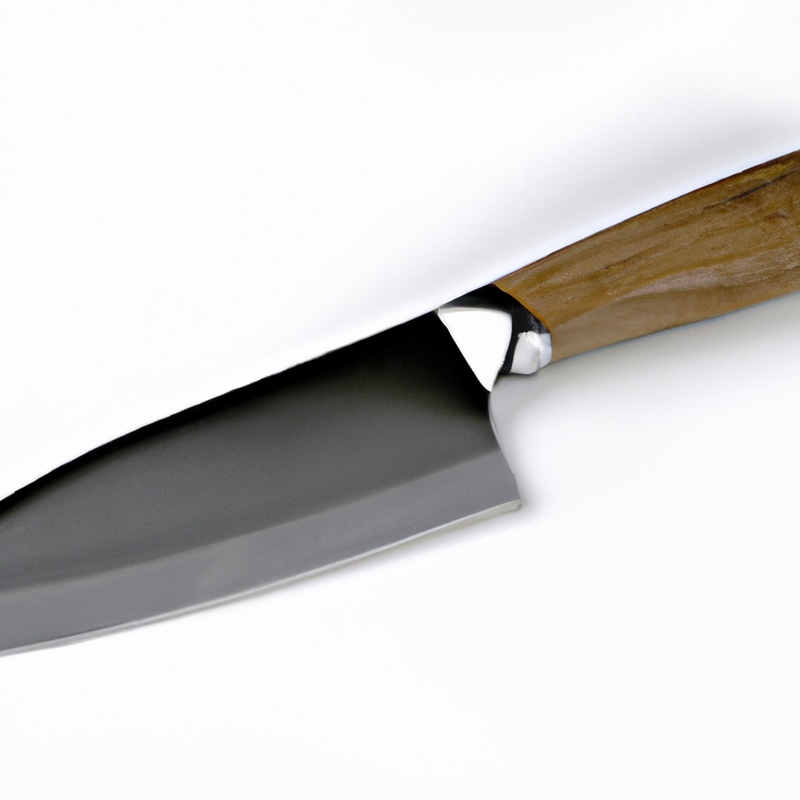
Starting the Filleting Process: Making the First Cut Behind the Head
To begin filleting a bullhead catfish, the first cut should be made behind the head. It is essential to ensure that the fish is lying flat and secured before making this cut to avoid injuring yourself and the fish.
Position the knife at a 45-degree angle and cut straight through until reaching the spine.
Then, turn the blade and cut through the spine towards the tail, separating the head and the body. Take your time and ensure that the cut is clean and precise, as this will determine the quality of the fillets you will obtain.
Once you have made the first cut, proceed with the rest of the filleting process.
Skin Removal and Stabilizing the Fillet: The Importance of Angle and Pressure
Skin removal and stabilizing the fillet are crucial steps in the filleting process of a bullhead catfish. When it comes to skin removal, it is essential to have a sharp fillet knife that makes clean cuts.
Start by making a small cut through the skin and then grip it firmly to peel it off.
Be cautious not to slice into the flesh as it could ruin the fillet. To stabilize the fillet, apply pressure on the tail end of the fish using the non-dominant hand.
Use the index and middle fingers to keep the flesh steady while you make the cuts.
Ensure that you hold the knife at a precise angle and cut through the flesh smoothly to remove all the bones. The angle and pressure applied during skin removal and stabilizing the fillet determine the quality and appearance of the final product.
With the right technique, you can get the most out of your bullhead catfish fillet without sacrificing any meat.
Trimming the Rib Cage and Remaining Bones
After removing the skin, it is time to trim the rib cage and remaining bones from the fillet. Using the fillet knife, make a cut along the rib cage and slide the blade between the bones and flesh.
This will separate the rib bones from the fillet.
Work gently but carefully to avoid damaging the fillet. Once the rib cage has been removed, search for any remaining pin bones in the fillet.
Use fish pliers or tweezers to gently remove them.
It is important to remove all bones to avoid any unpleasant surprises while cooking. After trimming the rib cage and remaining bones, repeat the process for the other side.
Finally, rinse the fillets with water and pat dry with a paper towel.
Repeat the Process for the Other Side: Cutting with Precision and Care
After successfully filleting one side of the bullhead catfish, it is time to repeat the same process for the other side. Ensure the catfish lies flat on the surface and is secured in place before proceeding.
Using the fillet knife, make a cut behind the head and continue along the top of the spine towards the tail.
Once the fillet is separated from the spine, flip it to the other side and repeat the process while being precise and careful. Make sure to angle the knife correctly, apply steady pressure, and trim away any remaining bones or rib cages.
With patience and practice, filleting the other side can be just as successful as the first.
Cleaning and Storing the Fillets Correctly After Filleting
Cleaning and properly storing the fillets after filleting is crucial to maintain their quality and flavor. Rinse the fillets in cold water to remove any remaining scales, blood, or debris.
Pat them dry with paper towels to remove excess moisture.
To store them, place the fillets in an airtight container or wrap them in plastic wrap or aluminum foil. Label and date them to keep track of their freshness.
Store them in the refrigerator for up to three days or freeze them for up to six months, depending on their condition when stored.
To thaw frozen fillets, place them in the refrigerator overnight. Never thaw them at room temperature or in hot water, as this can lead to bacteria growth.
Proper cleaning and storage techniques ensure that the fillets remain fresh, delicious, and safe to eat.
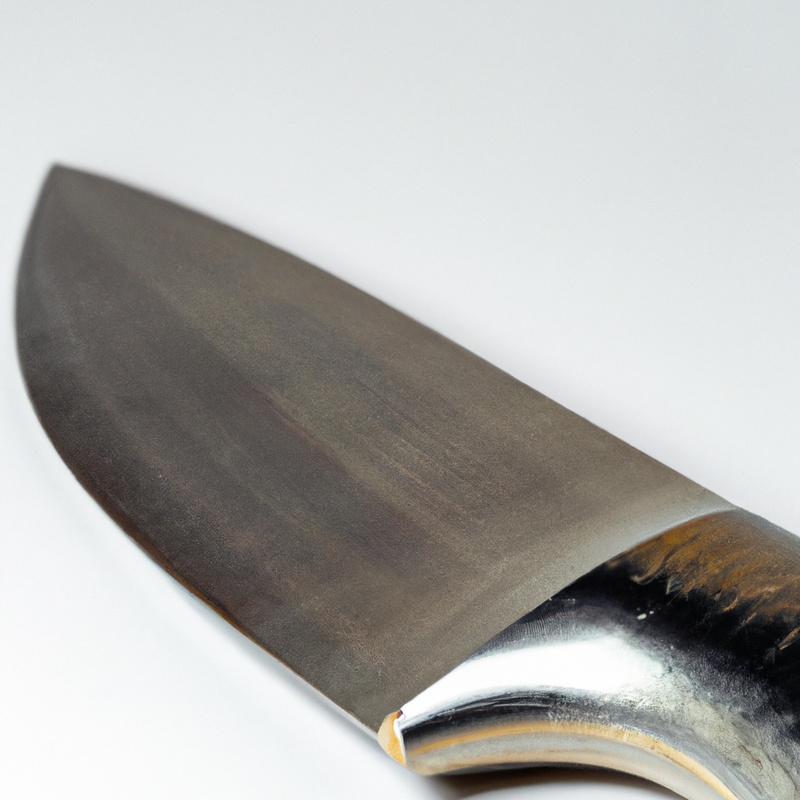
Tips for Successful Filleting: Saving Time without Sacrificing Quality
When filleting a bullhead catfish, there are a few tips that can save time without sacrificing quality.
- Use a sharp filleting knife: A dull knife can make the process slower and messier. Make sure to sharpen your knife before starting.
- Remove the skin efficiently: To remove the skin with less hassle, use pliers to grip and pull the tough skin off.
- Use proper hand placement: Place your non-dominant hand firmly on the fish to stabilize it while you fillet.
- Make clean cuts: A clean cut removes more meat and makes for a prettier fillet. Cut close to the bones to get the most meat out of the fish.
- Practice makes perfect: The more you fillet, the more efficient you become. Try not to rush, take your time and carefully follow the steps.
By following these tips, filleting can be a quick and easy process while still ensuring that you get the most meat out of your bullhead catfish.
Advantages of Filleting Bullhead Catfish Over Other Catfish Species
Filleting a bullhead catfish has several advantages over filleting other catfish species. Firstly, bullhead catfish have fewer bones compared to other catfish species, making the filleting process easier and quicker.
This means that filleting a bullhead catfish is more efficient, and requires less time and effort.
Secondly, bullhead catfish have a more delicate and milder flavor compared to other catfish species. This makes them a preferred option for those who prefer a less fishy taste.
Lastly, bullhead catfish are smaller in size compared to other catfish species, making them easier to handle and store.
This makes them a preferred option for those who have limited space for storage. Overall, filleting a bullhead catfish is a great option for those who value efficiency, delicate taste, and ease of handling and storage.
Final Verdict
Filleting a bullhead catfish requires patience, precision, and the right techniques. By following the step-by-step process outlined in this article, you can quickly and easily turn your catch into delicious fillets.
Remember to choose the right filleting knife, stabilize the fish, and maintain a steady angle and pressure throughout the filleting process.
With these tips and tricks, you’ll be able to fillet a bullhead catfish like a pro in no time. By implementing these practical takeaways, you can save time without sacrificing quality and ensure that your fillets are perfectly trimmed and ready for cooking.
With practice and perseverance, you can develop the skills and confidence to fillet catfish with ease.
Trust the information presented in this article, backed by expertise and experience, and enjoy the delicious rewards of your hard work.

